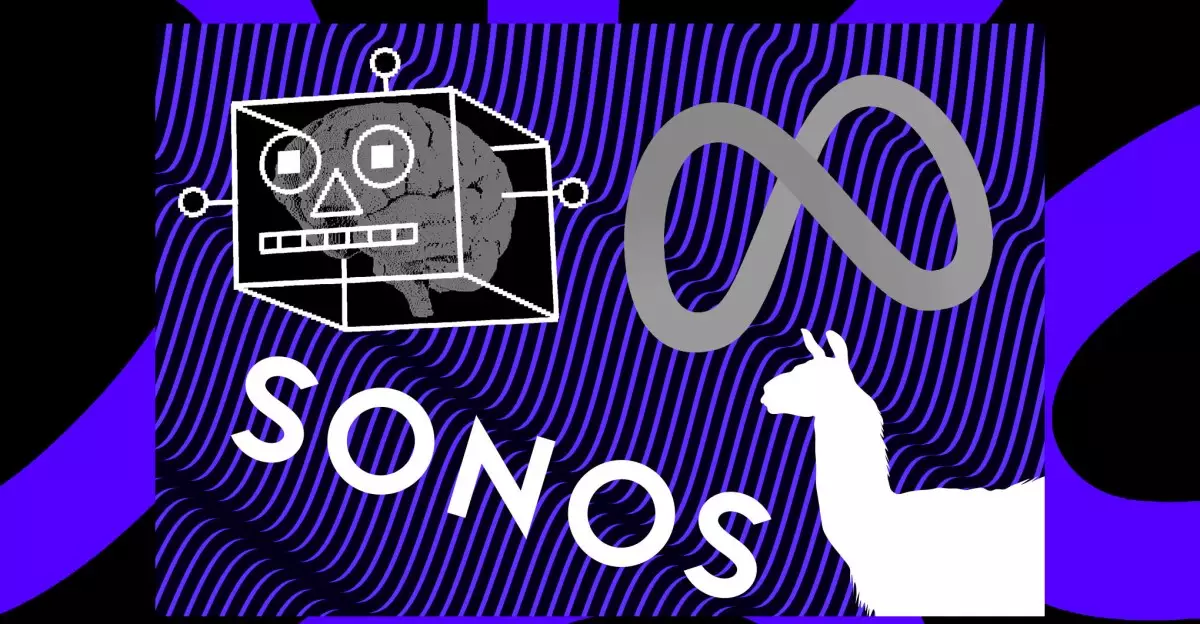The world of consumer technology is in a constant state of flux, with companies evolving rapidly to keep pace with consumer demands and technological advancements. Two notable players in this arena are Meta and Sonos, both of which have undergone significant transformations in recent years. As they redefine their identities and strategies, understanding their trajectories provides valuable insights into the future of the tech industry.
Meta: Embracing AI Amidst Metaverse Ambitions
Meta, previously known as Facebook, has become increasingly synonymous with artificial intelligence (AI). The company has recognized the immense potential AI holds in shaping user experiences and driving revenue. With initiatives like the development of AI models such as LLaMA and innovative products including the Ray-Ban Meta Smart Glasses, Meta is keen on establishing itself as a leader in AI-driven technology. This strategic pivot is crucial, especially considering the company’s past heavy investment in the metaverse—a vision that now seems uncertain.
CEO Mark Zuckerberg’s recent pronouncements have suggested a growing emphasis on traditional social media strategies alongside this AI push. With his focus shifting back to “OG Facebook,” Meta appears to be seeking a stabilizing force in a landscape full of upheaval. A pivotal point lies in a recent communication from CTO Andrew Bosworth, which hinted at 2025 as a critical juncture for the metaverse. If the virtual world fails to gain traction by then, it may represent a significant setback for the company’s aspirations. The juxtaposition of Meta’s dual focus—AI and the metaverse—invites critical reflection on the future direction of the tech giant, raising questions about which path will dominate.
Sonos: A Struggle for Consistency
In contrast to Meta, Sonos has navigated its challenges with a different set of products and customer expectations. Known for its high-quality audio experience, Sonos had an eventful year that saw the introduction of a promising new headphone line. However, the situation took a turn when the accompanying app received widespread criticism, hampering the product’s reception and overshadowing the company’s achievements.
Sonos is now in the midst of restructuring and rebuilding its image, with a new management team driving strategic changes. The company faces an uphill battle to regain its loyal customer base after eroding trust due to the app’s shortcomings. As it ventures into new product lines, the question remains: can Sonos win back the fans it has lost so quickly? The future may depend on its ability to innovate not only in hardware but also in ensuring that the software experience meets consumer expectations.
As both Meta and Sonos navigate their respective transformations, the broader implications for the tech industry become evident. Companies must remain agile and adaptable, responding to shifts in consumer preferences while innovating in meaningful ways. The uncertainty surrounding Meta’s dual focus on AI and the metaverse, alongside Sonos’s struggle with product consistency, serves as a reminder that in the fast-paced technology landscape, the next big success is often just around the corner—even as challenges loom large. Ultimately, the ongoing narratives of Meta and Sonos exemplify the critical balance of innovation and consumer trust that defines the tech industry today.

